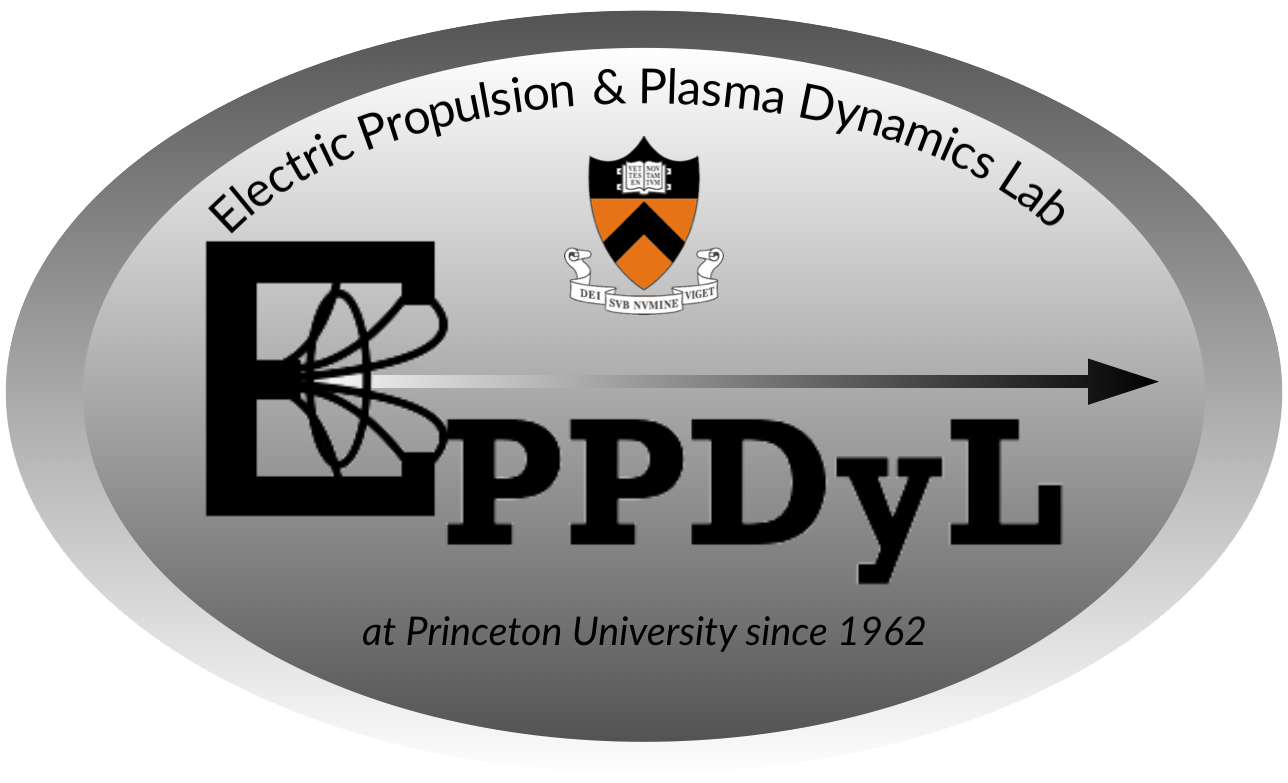Modeling and Development of the RF-Controlled Hollow Cathode Concept
Download
Modeling and Development of the RF-Controlled Hollow Cathode Concept
Abstract
A promising new hollow cathode concept for high-power, long-lifetime electric thruster applications is explored using finite-element analysis to inform an experiment presently being constructed. This RF-Controlled Hollow Cathode concept adds radio-frequency power to a large-diameter cathode. To explore the concept’s feasibility and behavior, numerical simulations were performed with a simplified two-dimensional model which captures the plasma, the thermionic emission, and the added RF power. It was found that by increasing the RF power, the centerline plasma density profile increased and its peak shifted upstream, resulting in enhanced thermionic emission from a greater emitter area, and thus supporting the promise of the concept for high-power, long-lifetime applications. It was also observed that a pronounced “jump” occurs in the plasma density and other parameters at a critical RF power, and its occurrence is strongly dependent on gas pressure. This beneficial jump behavior was attributed to a cavity resonance effect caused by the RF waves constructively interfering to sharply increase the electric field amplitude at a critical RF electric field phase and RF-reflecting plasma density depth.
